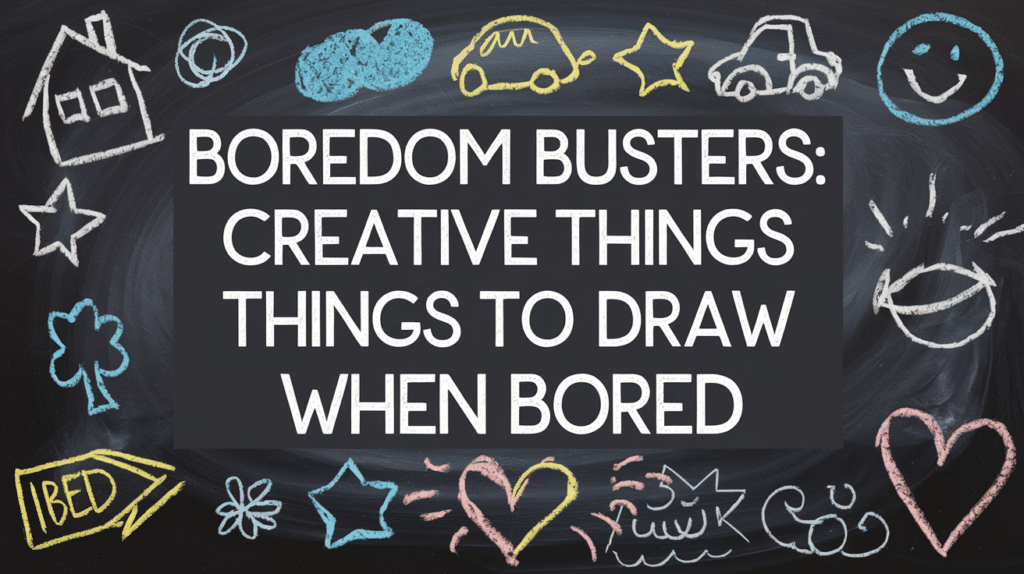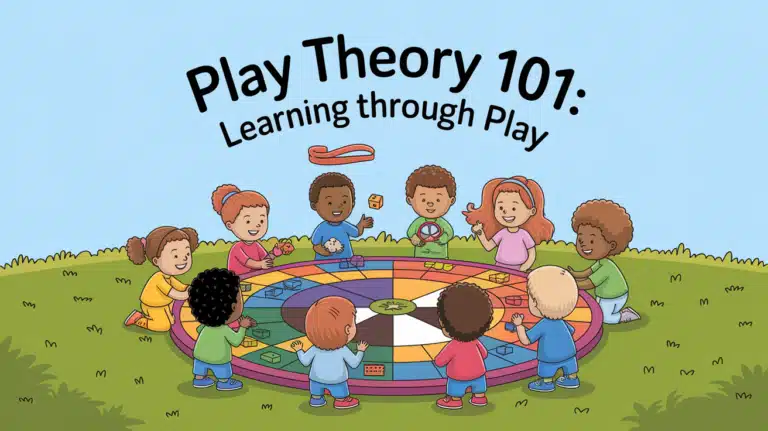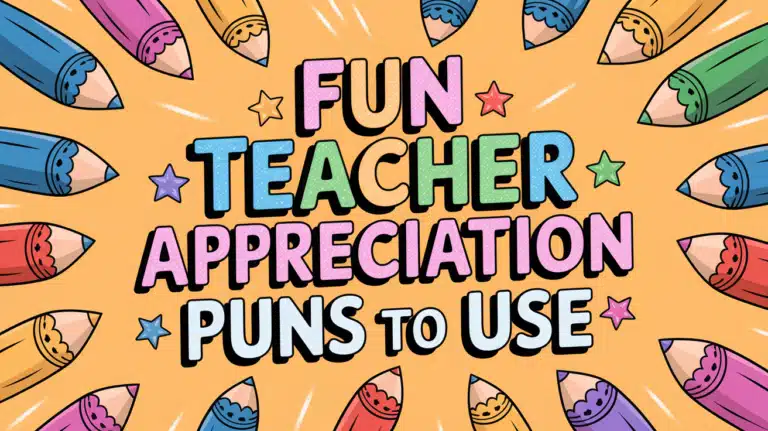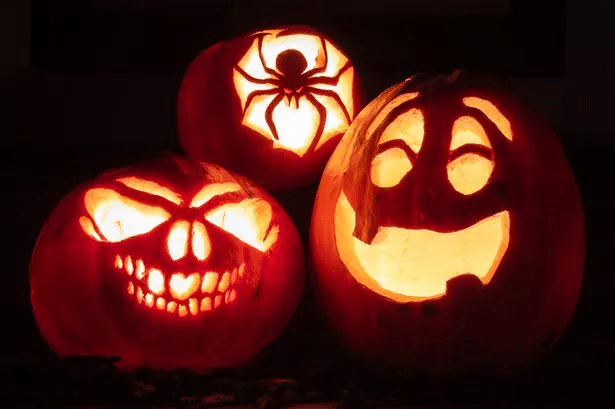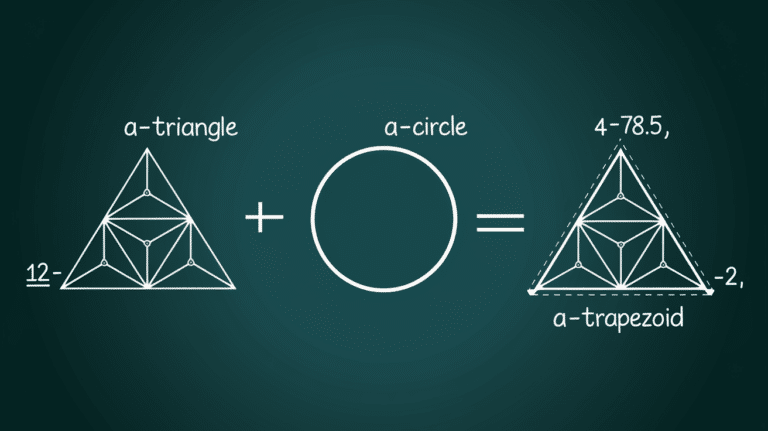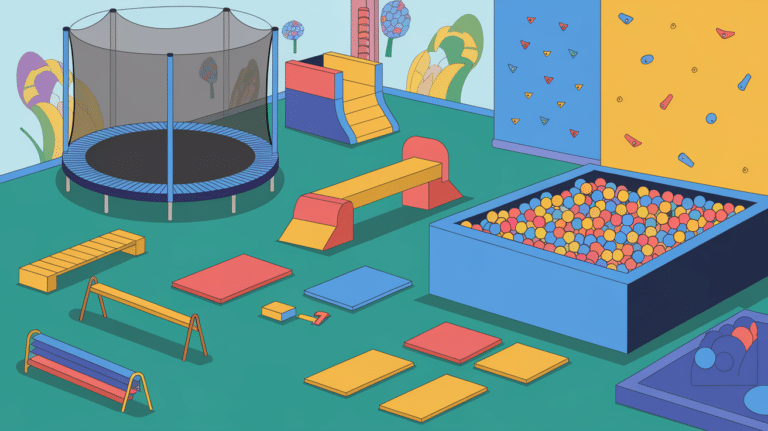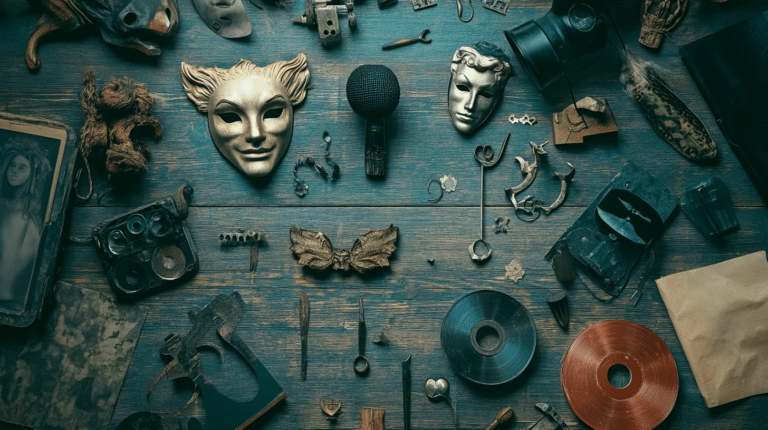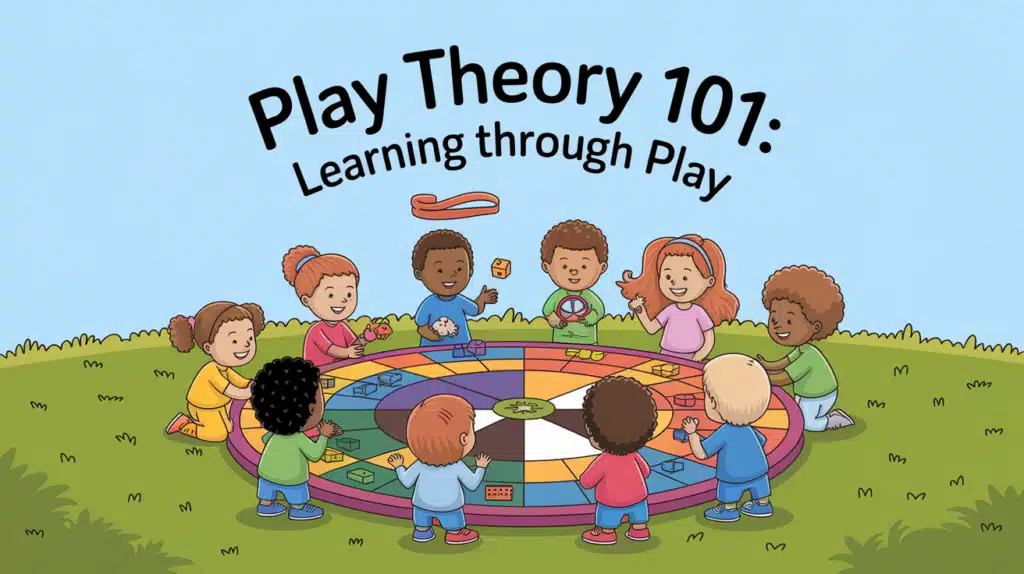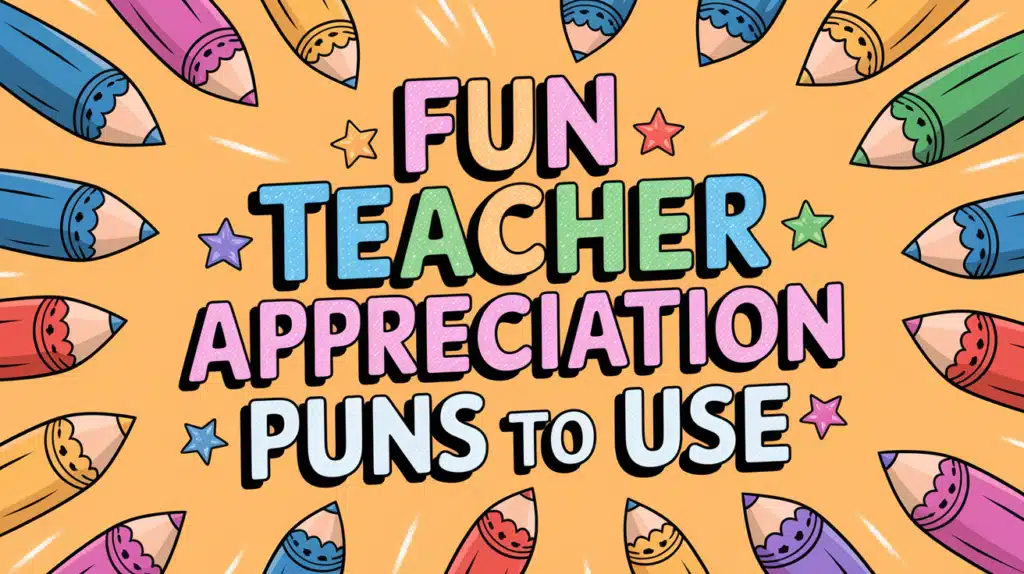Feel that familiar itch of boredom creeping in? You stare at your blank paper, pencil in hand, wondering what to create next. Many people face this same blank-page problem every day.
But what if you had a list of fun
This blog offers exactly that practical drawing ideas that need no fancy tools or expert skills. Just grab your pencil and paper, and you’ll make something worth showing off to friends.
Ready to beat boredom with your next sketch? Let’s look at some easy yet impressive
Creative Things to Doodle when Bored
People often find their minds wandering during idle moments, and doodling offers a perfect outlet for this creative energy. The following ideas can alter boring wait times into mini art sessions that need nothing more than a pen and scrap paper.
1. Simple shapes: Turn basic circles, squares, and triangles into characters or objects by adding a few details. You might find that a circle becomes a cute animal face or a square turns into a robot with just a few lines.
2. Doodle patterns: Create repeating designs with lines, dots, and curves across your page. This style works well in margins of notebooks and can help you focus during long phone calls or meetings.
3. Cartoon faces: Draw different expressions to practice capturing emotions with just a few lines. Try making a set of faces showing happy, sad, angry, and surprised looks to build your skills.
4. Your favorite items: Sketch everyday objects around you, like your coffee mug, plant, or phone. Drawing what you see helps train your eye and improves your ability to notice small details over time.
5. Memory scenes: Put on paper a place you visited or a moment you remember from your day. Adding small details like people, weather, or special items will make your memory drawings more meaningful.
6. Nature elements: Try trees, flowers, clouds, or waves using different textures and shading. Each natural form follows certain patterns that become easier to capture with practice.
7. Small animals: Practice drawing pets, birds, or bugs with simple shapes as your starting point. Most animal drawings work best when you begin with circles and ovals for the main body parts.
8. Comic strips: Tell a short story in three or four panels with simple stick figures. Even basic drawings can express funny situations or thoughts when paired with speech bubbles.
Fun Drawing Projects to Give a Try
Feeling stuck with nothing to do? Grab your sketchbook and get inspired with these fun and creative drawing ideas!
Whether you’re in the mood for something whimsical or just need to pass the time, these simple yet exciting prompts will help get your creativity flowing.
Cartoon Character Peeking Through Holes
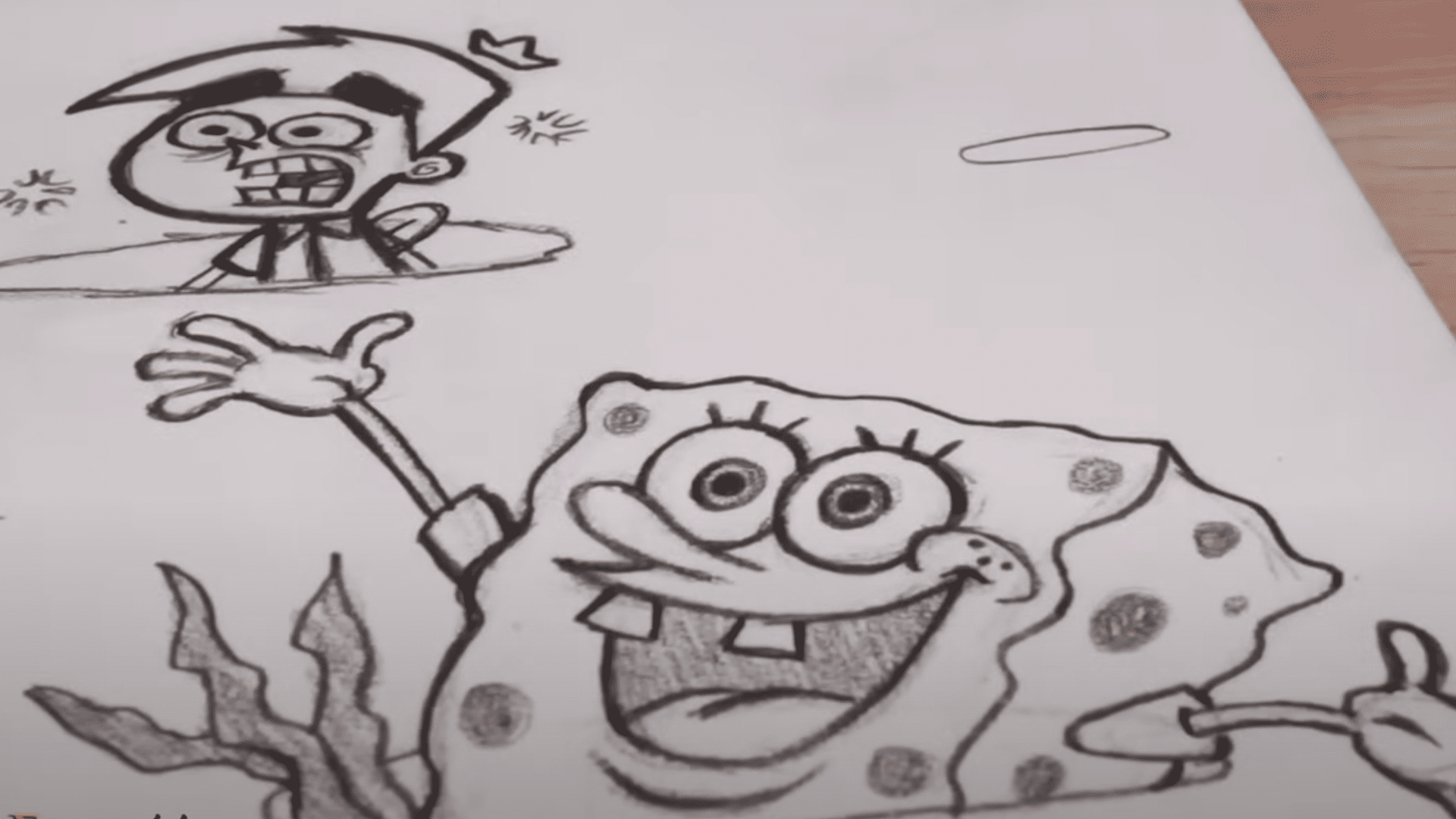
Start by drawing multiple oval shapes on your page. Leave some space between each oval to represent holes in the ground.
The fun begins when you choose your favorite characters, animals, or even people to peek through these holes. You can make the scene even more creative by adding different environments around each hole.
- Draw grass or flowers for animals that belong on land.
- Use seaweed and underwater plants for ocean creatures.
- You can flip the character upside down, showing only their legs, or draw them in a dynamic pose to make it more fun.
Mashup Animals
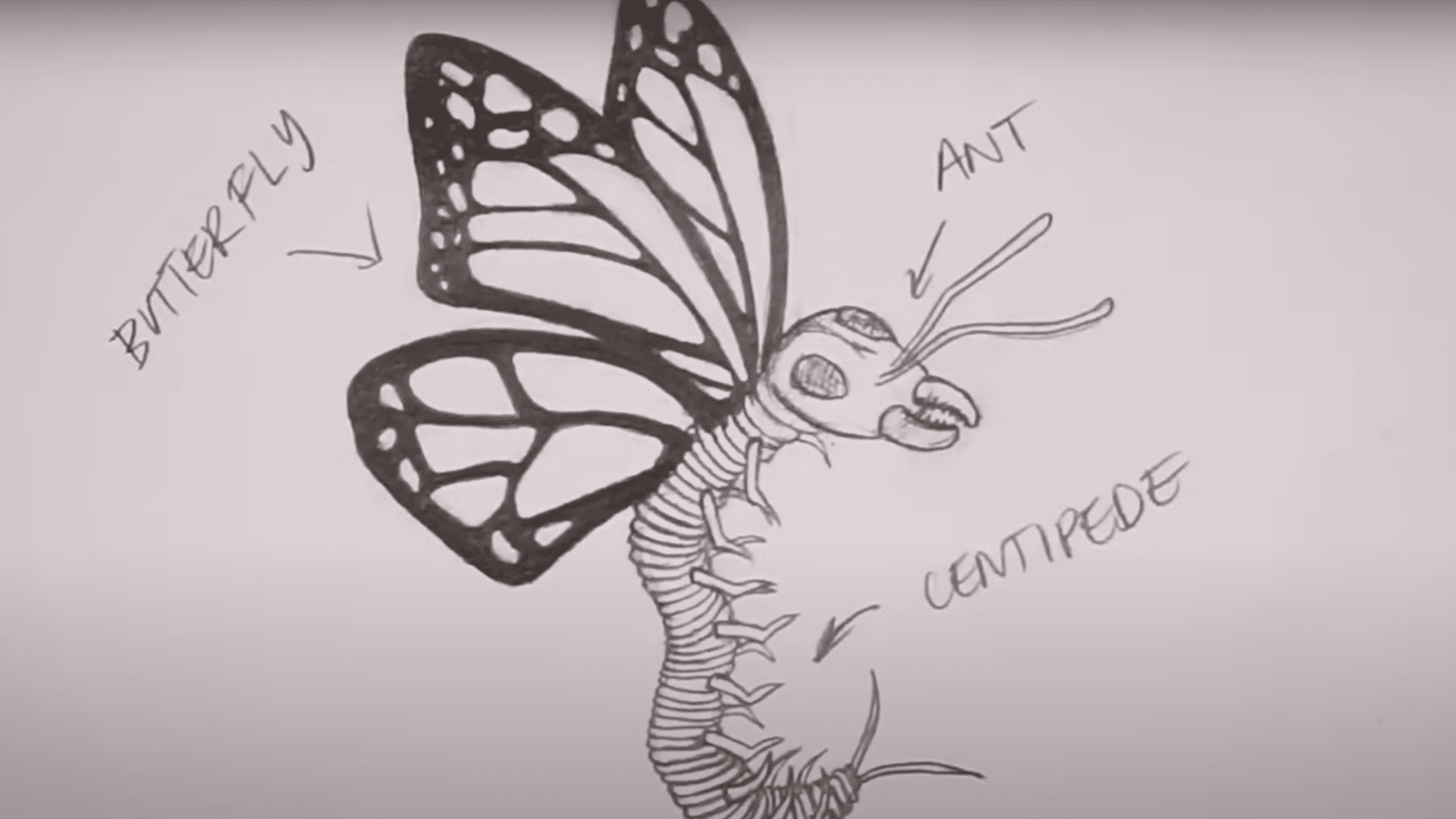
Let your imagination run wild by creating mashups of different animals. Pick a few creatures, like, an insect, a reptile, and a mammal.
Then combine their features to create something entirely new. You can mix their bodies, heads, and tails. Want to go a step further?
You could combine parts of the same species, like merging different fish types to create a new underwater creature. The more unique, the better!
Play with Size
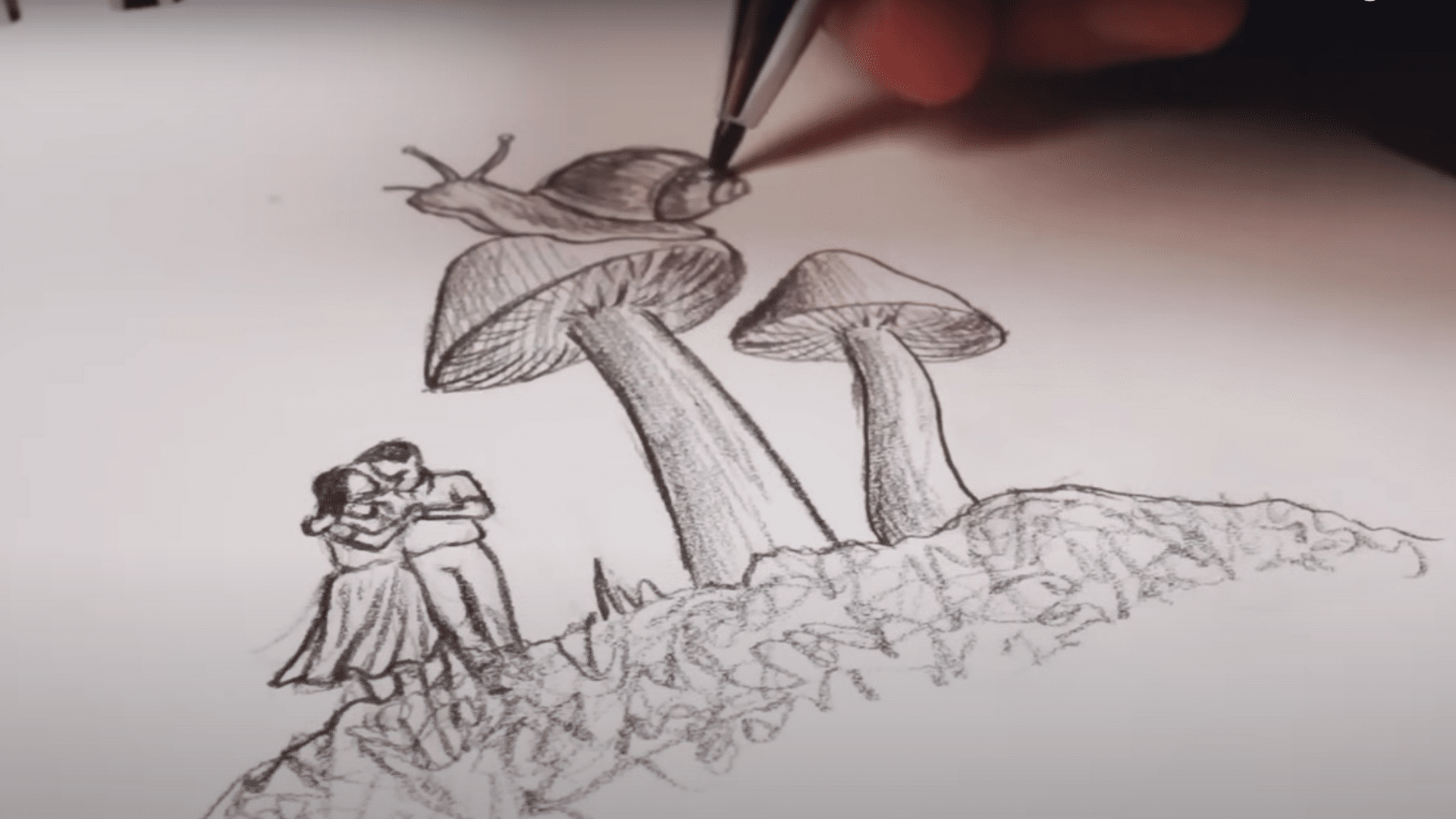
For this exercise, choose something small, like an insect or a tiny object, and exaggerate its size. Draw it much larger than it normally would be. Alternatively, pick something large and make it tiny.
For example, imagine a giant grasshopper rampaging through a cityscape! Draw a background that accentuates the size difference, such as towering buildings for a giant bug.
Grid Drawing Challenge
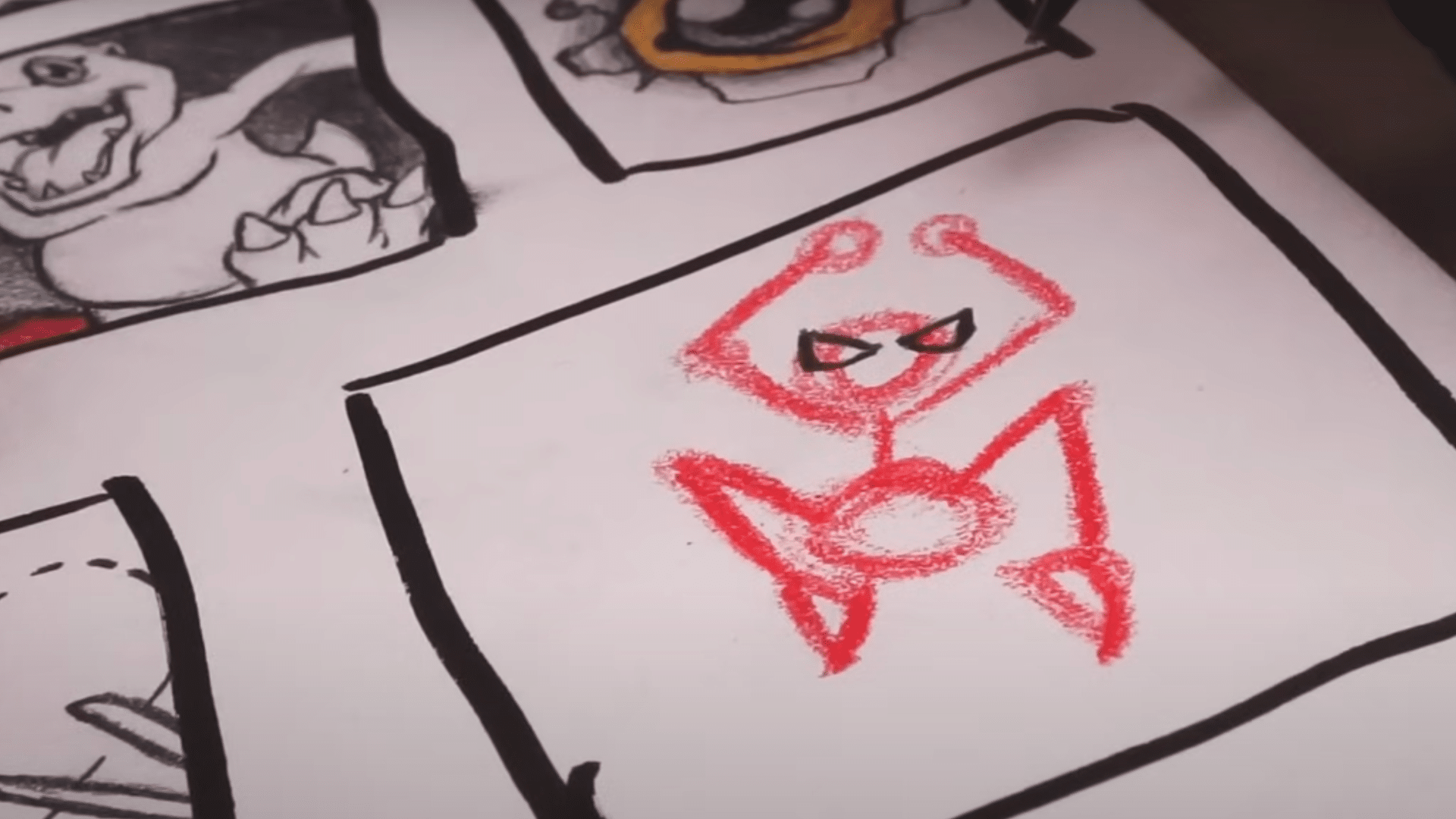
Divide your page into several small sections, either by drawing boxes or creating a grid. This will serve as a base for your sketches. Each section becomes a small canvas for a tiny, unique drawing.
- In each box, draw something random that pops into your head. This could be an object, an animal, or even a simple pattern.
- The images don’t need to relate to each other; the randomness will create a dynamic and interesting page layout.
- Adding color or patterns to the background of the boxes can make the sketches stand out even more.
Draw Mundane Objects from Multiple Angles
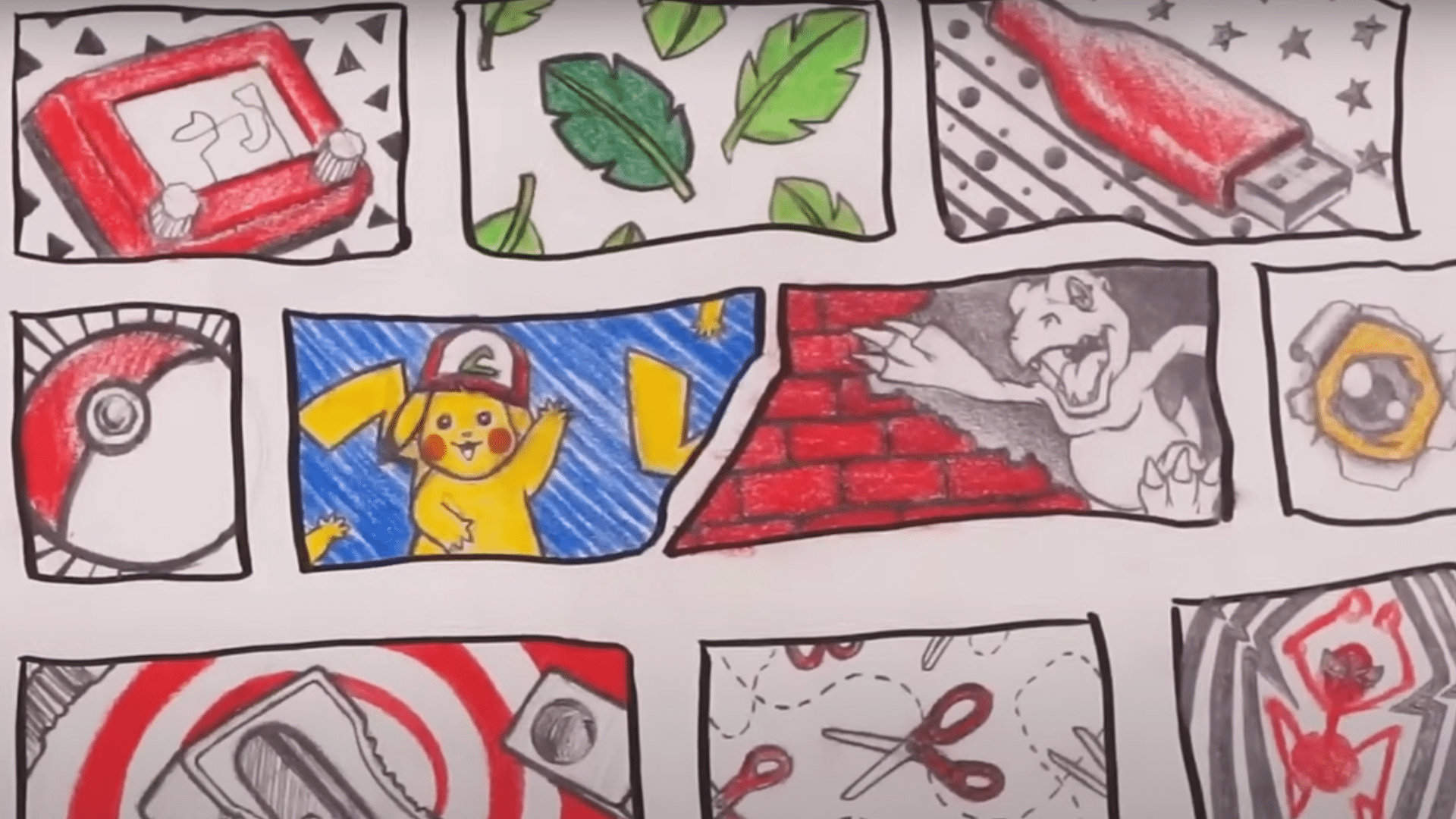
Find an everyday object, like a pencil sharpener or a mug, and sketch it from as many different angles as you can. This exercise helps you observe the object in detail, making it more interesting.
Add a dramatic background to emphasize the subject, such as a whirlwind or explosion, to make the object seem dynamic and fun.
Rusty Machines and Farm Equipment
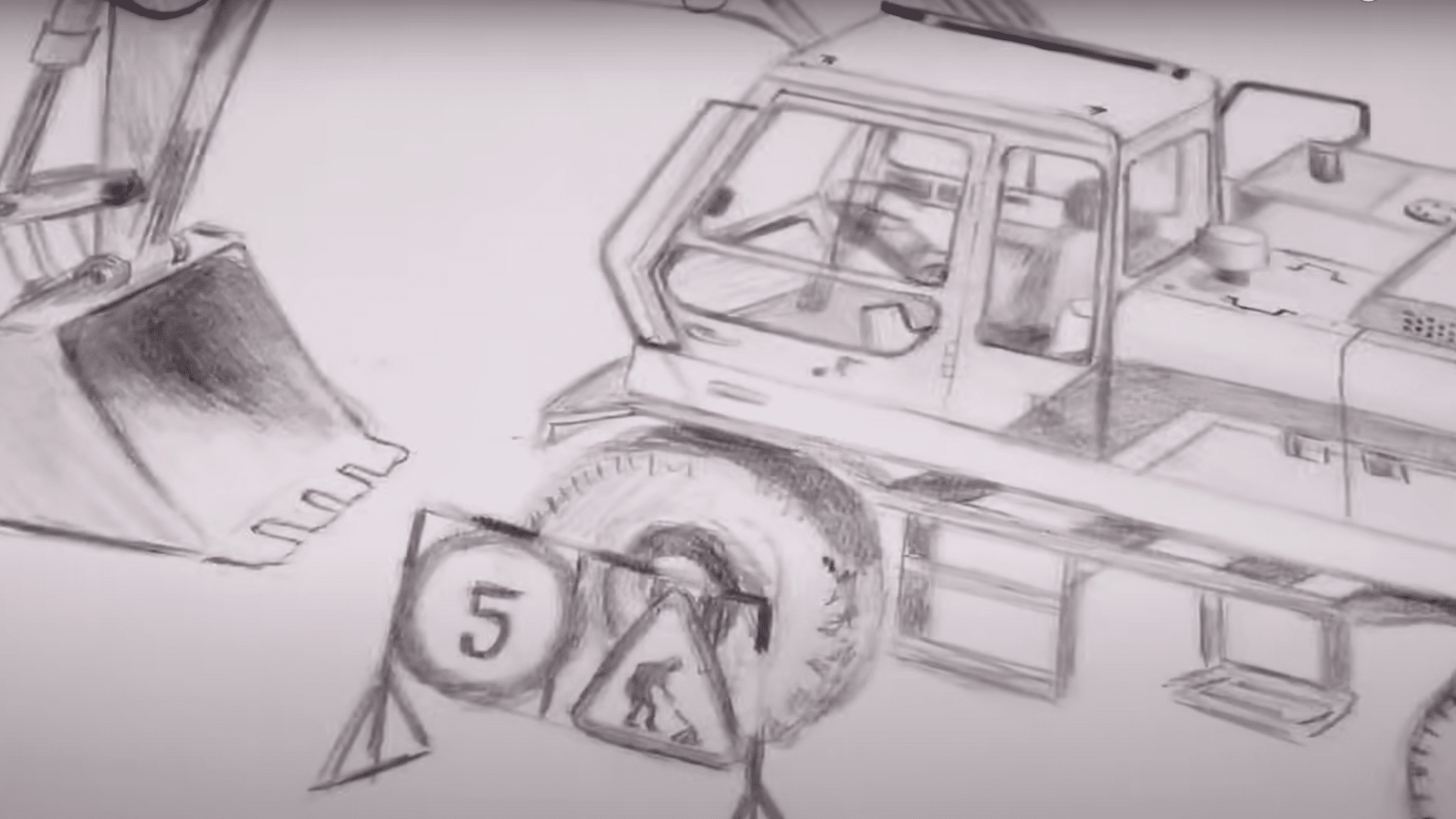
Old construction machinery and farm equipment provide a great challenge for your drawing skills. Focus on rusty, worn-out machines, paying attention to intricate details like exposed wires and hydraulic components.
These elements add texture and make the drawings more charming. Take your time to explore the fine details and textures that give these objects character.
Zentangle for Relaxation
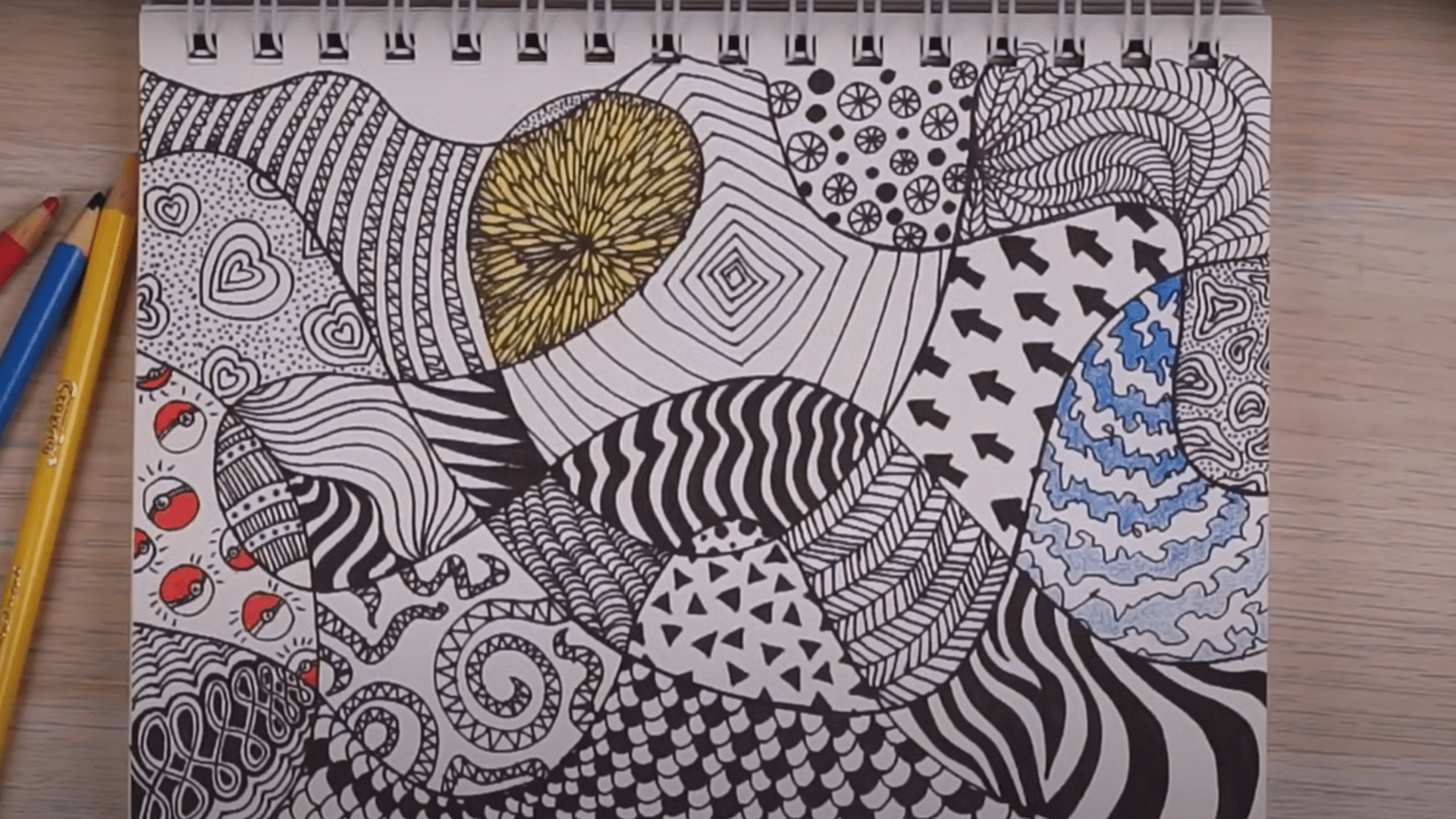
If you ever feel frustrated or unsure about what to draw, try a calming exercise called zentangling. Begin by scribbling freely across the page, letting your hand move without pressure.
Once you’ve filled the page with loose marks, start to fill in the spaces with various patterns. This is a wonderful way to relax and get your creativity flowing.
- Use patterns like lines, dots, zigzags, and swirls.
- Experiment with shapes such as triangles, circles, or squares.
- Add color to make your designs stand out, if you wish.
This exercise not only relaxes you but also keeps your pencil moving, ensuring the creative gears keep turning.
Must-Know Tips for Professional-Looking Sketches
Even simple drawings can look polished with these straightforward techniques. These tips help anyone create more refined sketches without years of training.
- Start with light lines: Begin each drawing with soft, light pencil marks that can be easily changed or erased as the sketch develops.
- Use basic shapes: Break down complex objects into circles, squares, and triangles before adding details for better proportions.
- Add shading: Create depth by adding darker tones to areas that would be in shadow, making flat drawings look three-dimensional.
- Consider light source: Decide where light comes from in the scene and keep shadows consistent with this direction.
- Practice clean lines: Work on making smooth, confident strokes rather than short, scratchy lines for a more finished look.
- Control pressure: Vary how hard the pencil presses on paper to create different line weights and textures.
- Use proper tools: Even basic sketching pencils in different hardnesses (2H, HB, 2B) can improve drawing quality.
- Study real objects: Look carefully at things before drawing them to better understand their true shapes and details.
- Keep it simple: Sometimes fewer lines make a more striking image than an overly detailed drawing.
- Practice regularly: Set aside short drawing sessions each day to build skills consistently over time.
Easy Sketching Ideas for Leisure
Spending your leisure time drawing can be enjoyable and soothing. Here are some easy ideas to get you started, regardless of your level of experience:
Nature Scenes
Doodles
Simple Animals
Flowers and Plants
Abstract Art
Cartoon Characters
Summing Up
Finding
The suggestions in this blog provide a starting point for anyone looking to turn idle time into creative expression. Sketching during dull moments can improve focus, reduce stress, and build confidence in drawing abilities.
Even simple doodles can grow into meaningful artistic habits over time. The next time someone faces a stretch of empty minutes, these drawing ideas might turn into an opportunity for growth.
Art doesn’t need fancy tools or perfect conditions, just paper, a pencil, and a moment of boredom ready to be altered into something meaningful.

